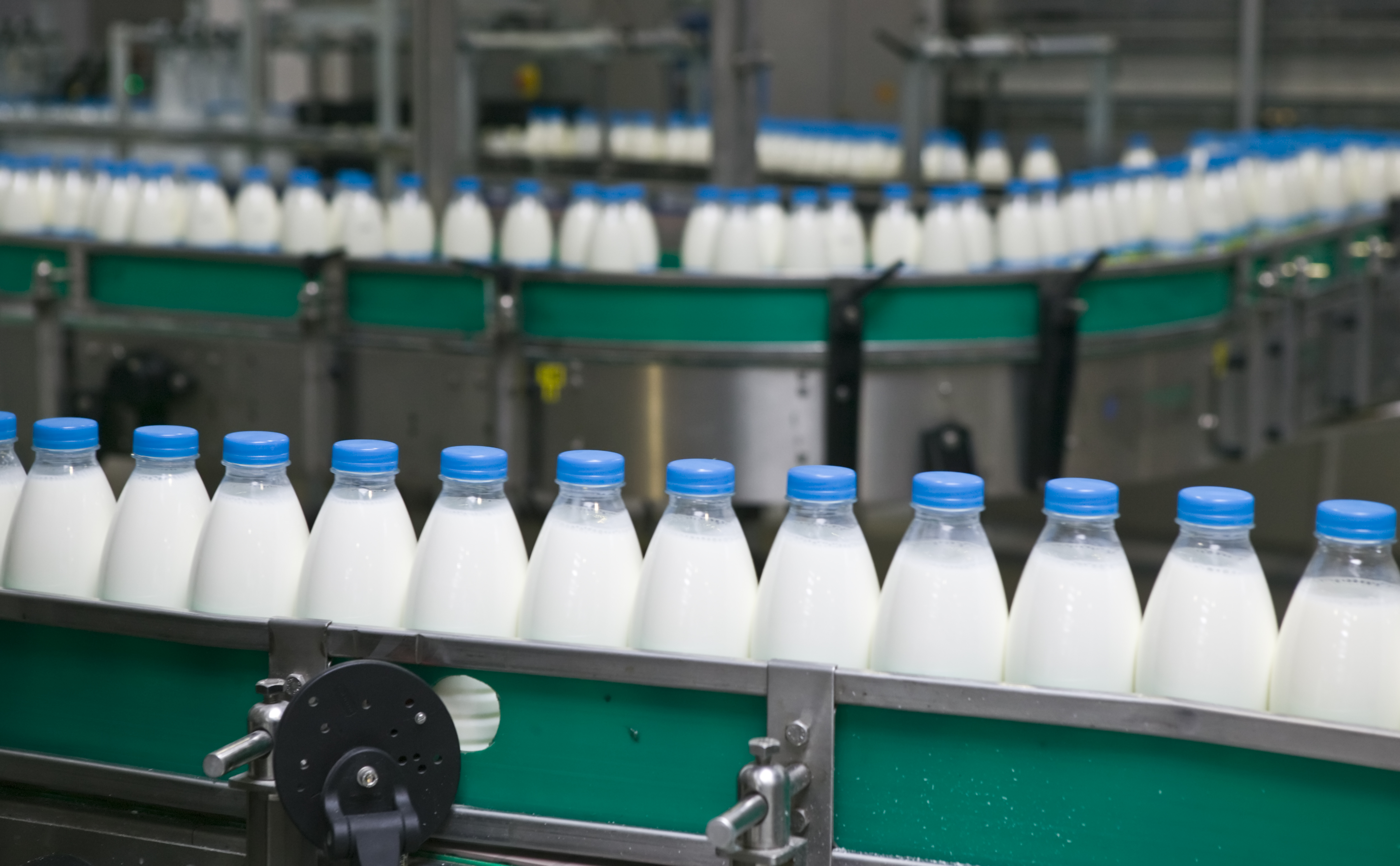From maintaining complex supply chains to navigating industry challenges and ensuring customer demands are met, food manufacturers and distributors are juggling many balls. And, you can’t afford to let a single one drop.
Your recipe for success lies with the right solution.
In this blog, we’ll explain exactly how, by discussing the most common industry challenges and how technology, like food ERP software, can resolve them such as:
- Reducing the chance of product recalls
- Reducing the impact of product recalls
- Staying ahead of consumer trends
- Complying with stricter labelling requirements
- Maintaining or increasing profitability
Reducing the chance of product recalls

In 2019, global law firm RPC stated unsafe food recalls had jumped to 40% from the previous year. Considering how much of an impact product recalls can have to a food manufacturing or distributing business (we’ll be discussing this in more depth in the next section), it’s clear that to reduce their likelihood, you need to be ensuring food safety.
Allergens appear to be a major driver, with allergen-related recalls hitting a five-year record high that same year. So, start by improving your allergen management process and gaining more visibility over exactly what ingredients are being used in your products.
Technology can help by centralising your data. An ERP system, for instance, can allow you to add the appropriate allergen information to any item and easily track it throughout your supply chain. This enhances visibility as you can keep a closer eye on all the allergens used in your products, and label them correctly, thus safeguarding your consumers.
Reducing the impact of product recalls
On average, recalls are said to cost food companies an estimated £7.72 million in just direct costs, such as the costs of assembling a crisis team, removing the product from the market and managing the PR fallout. This doesn’t even consider the loss of sales from not having the product on the market and customers losing trust in the company.
In an ideal world, we would completely eliminate the chance of recalls but sometimes, unfortunately, they’re unavoidable. In these cases, you need to respond with lightning speed, full transparency and responsibility. Your trading partners, regulators and customers might not be happy with the recall but the efficiency at which you addressed it will help you control its impact and salvage your reputation.
This is where supply chain traceability comes in. A traceable supply chain will give you more visibility, making it easier for you to trace specific ingredients or batches in the event of a recall. Then, you can take action more quickly and protect your customers (and reputation).
Staying ahead of consumer trends

At the moment, consumer trends in the food industry are mainly still health-driven but they also care a lot about their environmental impact and the ethical connotations of the food and drink they buy. This is an example of one demand that doesn’t seem to be going anywhere but not all trends are that lucky...
After all, consumers are quick to change their minds and there are many fads often dominating purchasing decisions. Here’s an example: remember that phase where everyone wanted to try activated charcoal-based foods? Where’s that trend now?
Investing in the right technology can help you keep up with consumer trends and manage your other responsibilities, such as maintaining that complex supply chain. As we’ve mentioned earlier, technology can create a single source of data truth so you gain greater visibility from beginning to end. You’ll also be able to leverage valuable data.
With this data, you can:
- Make more accurate predictions in demand planning
- Apply predictive analytics on your customers’ behaviour and other patterns
- Social listen more closely so you can keep a keen eye out for how consumer behaviour in the food industry is evolving, such as emerging trends and changing preferences
- Enhance your new product development processes as you’re better informed on market trends
- Personalise your service and experience to your individual customers
Ultimately, it’s about ensuring your future success, improving customer satisfaction and enhancing your sales forecasting so you’re better prepared for demand spikes caused by unforeseeable situations.
Complying with stricter labelling requirements
Regulations are always changing. A recent one is labelling requirements. Currently, all pre-packaged food in the UK requires a label that displays certain mandatory information that’s accurate and not misleading. The information that needs to be displayed includes:
- The name of the food
- List of ingredients if it contains more than one
- Allergen information if it contains any of 14 specific ones
This law will change in October 2021, following the death of Natasha Ednan-Laperouse.
Technology, again, plays a major role here by gathering data from multiple sources throughout your business processes and supply chain. This then makes it easier for you to gain full visibility of your operations, and reduce the chances of product recalls as a result of incorrect or missing information from labelling.
Maintaining or increasing profitability

Your manufacturing and/or distribution business might be there to benefit consumers but at the end of the day, it’s still a business. You need to at least maintain profitability to continue operating. However, there are various factors that can affect profits, such as commodity prices and labour costs.
The answer is not to reduce costs. In fact, cutting costs can even increase the likelihood of product recalls, according to 42% of food industry employees.
Instead, focus on how you can make your operations more efficient and identify opportunities to grow margins. The right solution can help by:
- Centralising your data, making it easier for you to gain a quick, snapshot view of what’s going on
- Automating manual-heavy processes and improving team productivity
- Giving you the ability to access predictive analytics so you can make more accurate predictions and demand planning
The right food ERP software is the secret ingredient to your success
Meeting new standards, documenting compliance activities, preventing food-borne illnesses, tracking product journeys—it’s a lot to manage, no matter the size of your company. That’s why so many food manufacturers and distributors are turning to technology to manage and improve these processes.
But you need to pick the right technology. Ready to learn more? We have a guide that covers the food-specific features you should be looking for in your choice of ERP software.
Check it out below.

